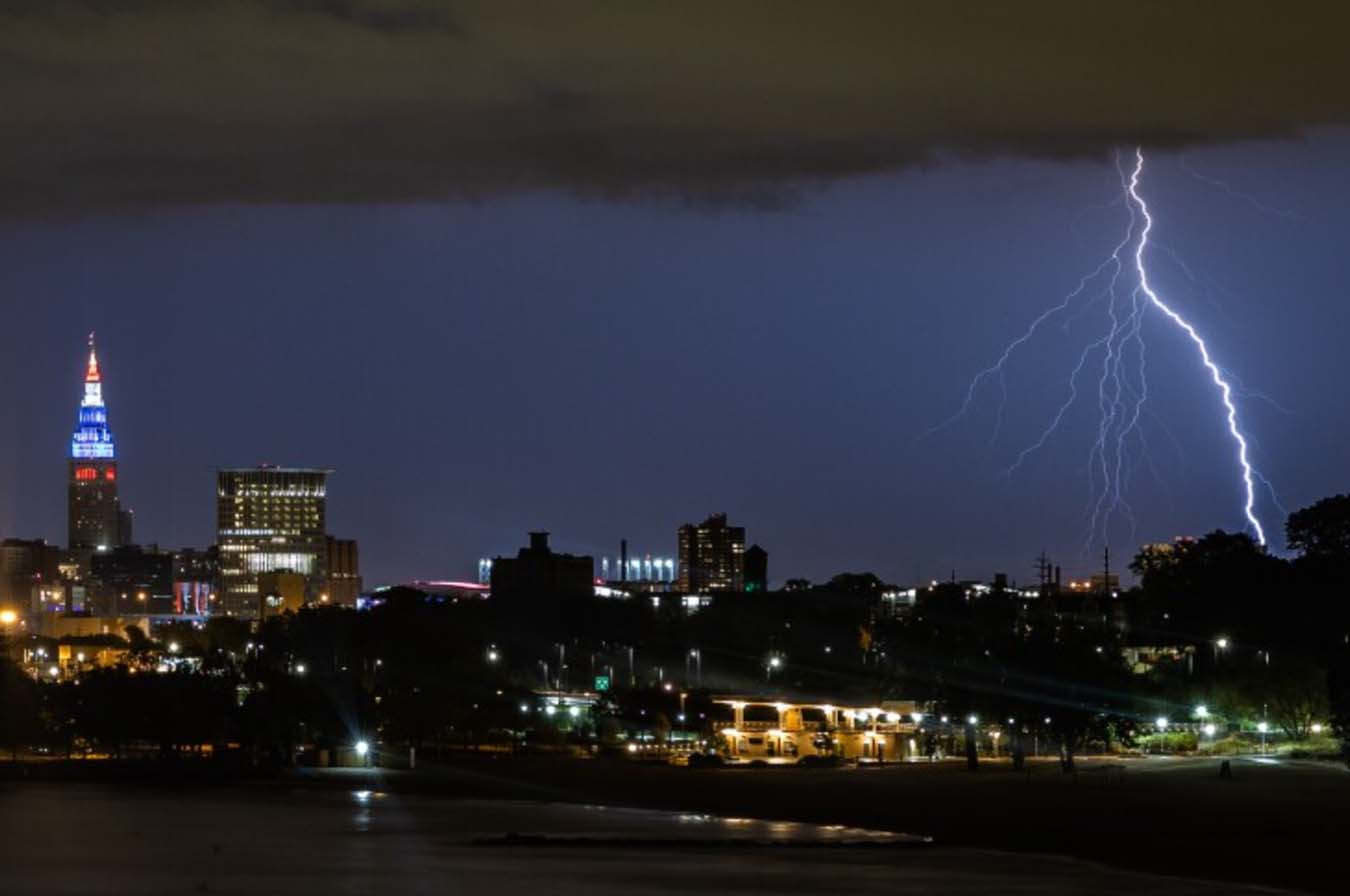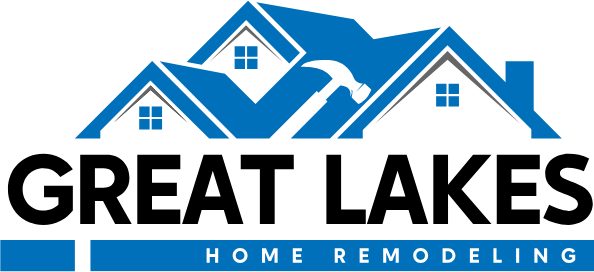
Emergency Roof Repair: What to Do After a Storm in Cleveland, Ohio
Emergency Roof Repair: What to Do After a Storm in Cleveland, Ohio
Cleveland homeowners know how unpredictable the weather can be: sudden storms, high winds, hail, heavy rain, and snow all pose serious risks to your roof. After a storm hits, acting quickly can prevent more damage, reduce leaks, and save you money. Below, you’ll find expert steps, manufacturer advice, and local best practices for emergency roof repair in Cleveland, Ohio.
Why Storms Present Special Risks for Roofs in Cleveland
- Wind and hail damage are common in Northeast Ohio storms; shingles may lift, crack, or detach.
- Water infiltration from heavy rain can exploit even minor weaknesses in flashing, underlayment, or roof penetrations.
- Freeze-thaw cycles following a storm can worsen small leaks, as water freezes and expands, pushing materials apart.
- Debris impacts like tree branches, loose materials, or flying objects, can puncture roofing.
These risks are compounded in Cleveland’s climate, where storms may come with high wind gusts or sudden temperature shifts.
First Steps Immediately After a Storm
- Prioritize safety first: avoid walking on a steep or wet roof; electrocution, falls, and hidden damage are real hazards.
- Check for obvious danger: look for downed power lines, falling debris, compromised structure.
- Protect your interior: place buckets under drips, move valuables away from leak zones, protect floors with tarps.
- Call for professional help: schedule an inspection with an experienced Cleveland roofing contractor.
How to Safely Inspect and Document Roof Damage

- From the ground, use binoculars or a zoom camera to spot missing, cracked, or curled shingles. Also check flashing, vents, gutters, and chimneys.
- Take detailed photographs (wide shots and close ups) of every damaged area. This is critical for insurance claims.
- Check the attic or ceiling for water stains, damp insulation, or daylight intrusion.
- Use trusted guidance: Owens Corning recommends documenting all visible signs of storm damage (dented, torn, missing materials) for insurance.
Temporary Emergency Repairs (What You Can Do Now)
- Apply roof tarps or plastic sheeting over exposed roof areas to keep water out temporarily.
- Use roofing cement or flashing tape for small cracks or lifts (but only as a short-term fix).
- Avoid permanent work under unsafe conditions or without full inspection.
Keep all receipts and document what you do, insurance may reimburse emergency measures when handled properly.
Choosing Permanent Repairs & Long-Term Solutions
- Have a qualified roofer assess full extent of damage, including underlying decking, flashing, and underlayment.
- Decide whether patch repairs are sufficient or a full re-roof is needed, especially when damage is widespread or structural.
- Use manufacturer-grade materials that match original or improved systems.
- Ensure new installations maintain or upgrade wind resistance, waterproofing, and craftsmanship to handle future storms.
What Manufacturers Recommend (GAF, Tilcor, Owens Corning)
- GAF / Owens Corning: In their storm damage checklists, they emphasize documenting all damage, conducting inspections, and replacing all damaged components (shingles, flashing, gutters) to maintain system integrity.
- Tilcor (stone-coated metal roofs): Metal roofing systems like Tilcor are known for high durability, impact resistance, and wind rating. For storm damage, contractors should carefully inspect panel fasteners, seams, flashings, and ensure repair with matching panels or manufacturer-approved replacements.
- When repairs are done properly, you maintain warranty protections and long-term value.
Why You Should Work with a Trusted Local Roofer
Having a local, experienced roofing company is critical, they’ll know Cleveland’s weather patterns, local code requirements, and storm damage insurance claim processes. At Great Lakes Home Remodeling, we specialize in storm recovery, emergency roof repair, and full replacement using premium systems (GAF, Owens Corning, Tilcor). We help homeowners navigate the damage, provide secure fixes, and restore roof integrity with long-term solutions.
